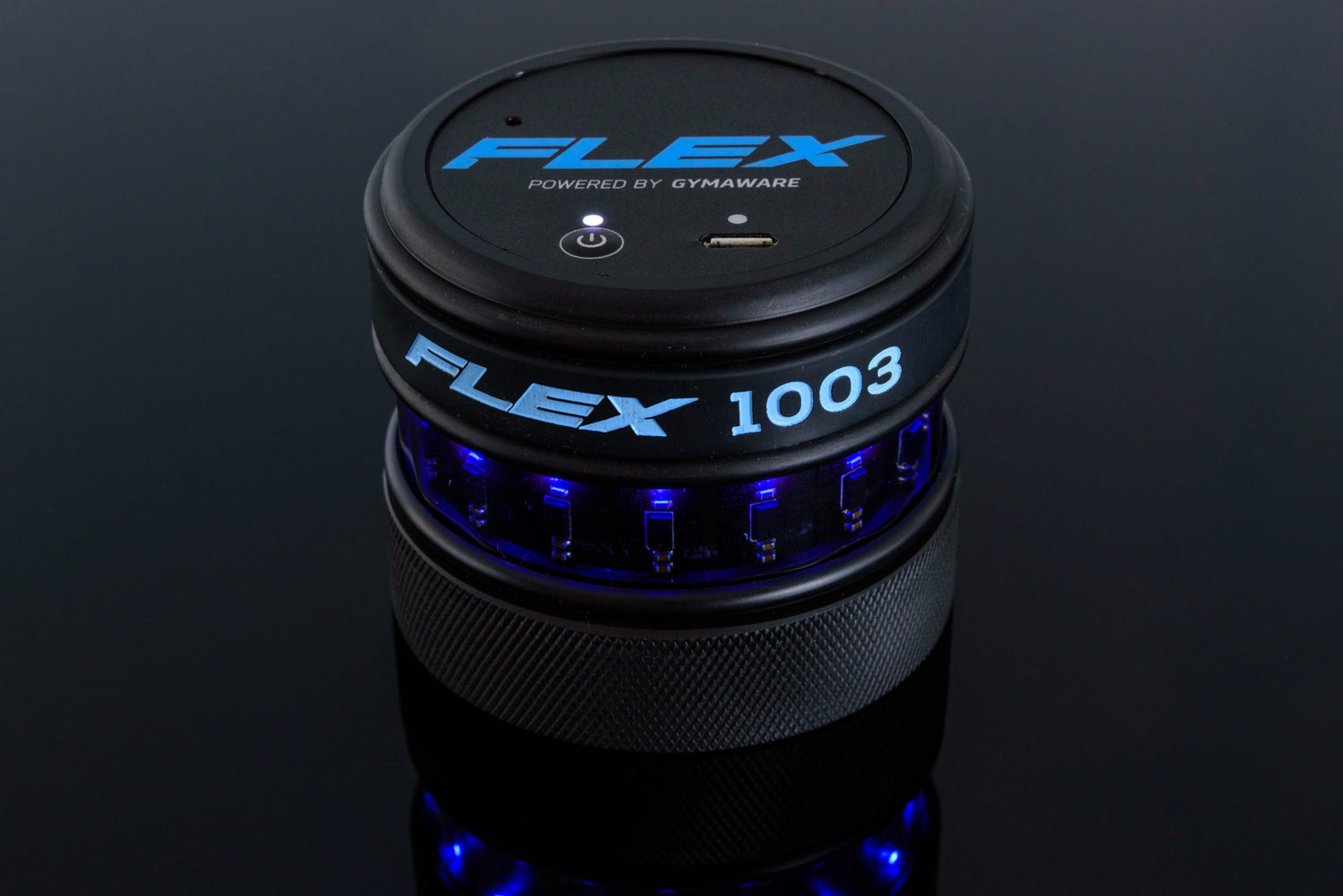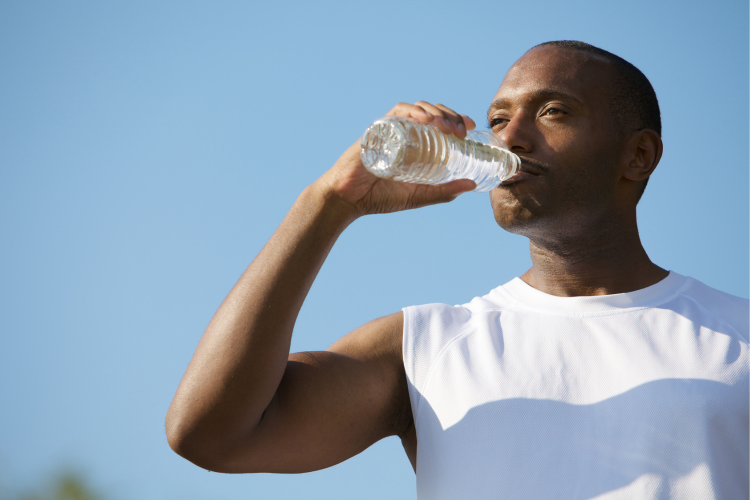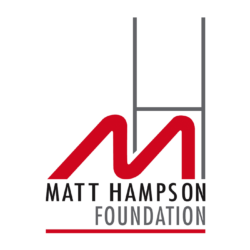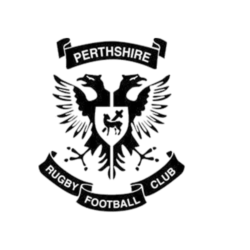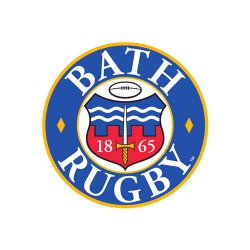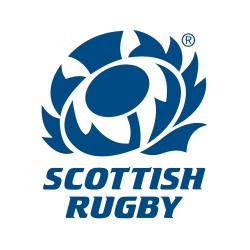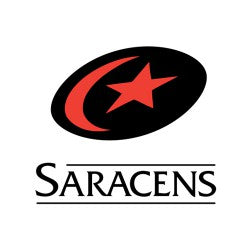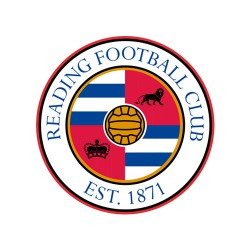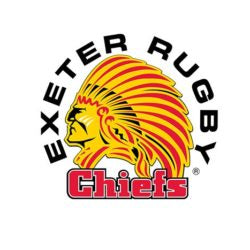Many of the bodies physiological functions depend on water. It transports nutrients and oxygen into cells, regulates body temperature, acts as a lubricant to protect joints, and the brain. It also supports digestion & removal of waste products, and is required to break down food so we can use it as energy.
To satisfy our demand for water, fluids (typically drinking water) should be consumed regularly throughout the day. Though your body’s requirements may be different, it is recommended you take in 1.5 – 2 litres of water each day to stay hydrated. Not drinking enough water eventually leads to dehydration, which massively reduces your ability to perform at your best. Severe dehydration can cause health problems.

How Do You Get Dehydrated?
One of the main ways you lose body water is through your body metabolising food into energy.
Other sources that accelerate water loss include physical activity/exercise, environmental temperatures, illness, and different dietary practices will also play a part, e.g., high/low carbohydrate intake.
“Normal hydration, often called euhydration, is important for health and wellbeing. Even small losses of body water can have a negative effect on muscle strength, endurance and maximal oxygen uptake” (Gigou et al., 2010).
How Does Dehydration Affect Performance?
When you are dehydrated, your body decreases its blood volume, leading to;
• Higher body temperature.
• Reduced sweat rate.
• Higher heart rate.
These factors make it even harder for you to maintain your water balance.
Also, as your body sweats to cool down, the resulting fluid loss decreases blood plasma (the fluid part of the blood), causing the blood to thicken. As the blood thickens, its ability to carry oxygen decreases, putting extra pressure on the heart to work harder to pump oxygen and glucose (fuel) to the muscles.
At this point, performance decline is inevitable as your body needs to work harder to achieve the same output while using more fuel to do so, which increases the rate of fatigue.
How Do You Track Hydration Levels?
Advances in sports science has given us numerous ways of collecting & tracking our athletes’ hydration levels, the most popular are:
• Body mass
• Blood
• Saliva
• Urine
In this article, we’re going to be focused on the most common source to acquire… Urine.
The biggest advantage of urine for measuring hydration levels is how easy it is to get samples.
“The most common method used within performance sport is predominantly urine” (Harvey et al., 2008).
An accepted assessment technique of monitoring hydration status is by evaluating the specific gravity of urine. Specific gravity of urine indicates the relative density of the urine sample (mass per volume) in contrast to pure water. Properties of urine reflect body water status, with the urine concentrated in a more dehydrated state and dilute in a normal hydrated state (Armstrong, 2000).
How Do We Use Urine To Measure Hydration Levels?
As the body needs to excrete excess solute daily, the kidneys respond to change in hydration status by increasing or decreasing the volume of urine produced. This makes urine colour a very convenient way of estimating the hydration status in athletic settings when a high precision may not be needed or where self-assessment may be required.
“Urine colour is used in many different settings and is determined primarily by the amount of urochrome present” (Diem, 1962).
While monitoring urine is a great option, how do you actually do it?
There are numerous devices that make obtaining and measure urine samples much easier - these are outlined below.
Best sampling devices

InFlow
InFlow is a simple hydration testing device that provides convenient, immediate results for your entire athletics team. The device is fitted to a urinal, and gives easy to interpret results in the form of a red, amber or green light.
It uses reflectance spectroscopy to analyse multiple wavelengths of light. The device’s proprietary algorithms for light spectrum analysis uses this data to quantify the degree of hydration in real-time.
InFlow was designed for high volume use. It automatically detects urine, analyses each sample & empties the reservoir as soon as the results are given. No rinsing between tests is required, and previous samples do not affect the results of the net tests.
Its immediate feedback & follow up chart helps athletes to quickly adjust their behaviour for the better. It is player association friendly by not collecting, storing, or transmitting player data. However, existing player reported data collection workflows can easily be adapted to ask players for their InFlow hydration colour if desired.
When compared to an 8 bar urine colour chart or a USG reading, InFlow will give a green result for the first 3 colours or up to about 1.012 USG. It will show a yellow result for the next 2 colour bars or until about 1.025 USG. The remaining colours will show a red result.
It's already proven its merits in sports science research studies, like the one below;
“The InFlow system's design was chosen to minimise testing burden on the user while maintaining adequate accuracy for hydration reporting consistent with existing protocols and testing equipment. Very low total imprecision was demonstrated using artificial urine control material.” (Bender et al., 2022).

Portable Refractometer (Atago)
The Portable Refractometer is an easy to use personal Osmometer that gives an instant measure of Specific Gravity - only a drop of urine is required for an accurate reading.
Although being portable enough to fit in your palm, the new PAL series has been approved by the HACCP, and is equipped with the new ELI feature, which ensures accurate measurements.
By reducing the number of unnecessary assembly parts, they have greatly reduced the risks of germ reproductive environments, the units are also designed with a greater emphasis on hygiene, and are completely washable.
The portable refractometer has shown its true value in the following studies where it helped to show deficiencies in current hydration strategies of American football players, and elite Turkish Judo athletes.
“The slight decline in body weight and consistently high USG (urine specific gravity) suggested that standard fluid replacement strategies were less than optimal for a majority of the players. Implementing a drinking strategy appeared to improve hydration status based on changes in body weight and USG” (Stover et al., 2006).
“Following body composition measurements, USG and urine colour measurements were carried out before and after the competition in order to determine their hydration status. Athletes’ pre-match USG value was 1,021 while it was found 1,019 after competitions. As for urine colour, it was 5,17 before competitions and 4,87 after competition. According to these results elite judo athletes presented higher levels of dehydration during a competition day despite ad libitum fluid intake. Judo athletes and coaches should be informed about adverse effects of dehydration and individual water intake prescriptions for these athletes can be advised. Further research is also advised to confirm that dehydration negatively affects judo specific performance.” (Ceylan et al., 2020).

Pen Portable Hydration Analyser (Atago)
The Pen Portable Hydration Analyser, is a digital hand-held device that utilises the refractive index method to measure the specific gravity of urine.
The "pen" type refractometer is extremely easy to use. Simply dip the tip into the sample and press the "START" key, the result appears in just 2 seconds.
This eliminates the need to pipette your samples, which not only saves you time, but more importantly… you'll also never have to pipette urine ever again and in addition very accurate results.
The Pen Portable Hydration Analyser was used in this study to determine how fluid balance responses change between different types of sessions in professional players.
“These descriptive data gathered on elite professional players highlight the variation in the hydration status, sweat rate, sweat Na+ loss, and carbohydrate intake in response to training in cool and hot environments and at low and high exercise intensities. Thus, this data support recommendations that fluid and carbohydrate intake strategies should be specific to the individual and exercise occasion.” (Rollo et al., 2021).
Conclusion
Hydration plays a massive role in how well your athletes perform, will ensure that you have your team performing at their optimal best without any detriments relating to fluid loss could save you a lot of difficulty in figuring out why they aren't producing at their optimal best.
The three devices above provide the quickest way of tracking this in a performance environment, all with varying ease of implementation
If you need any more info about hydration analysis or are interested in getting these devices for your programme, click the link below to get in touch with us.
Contact – Perform Better
